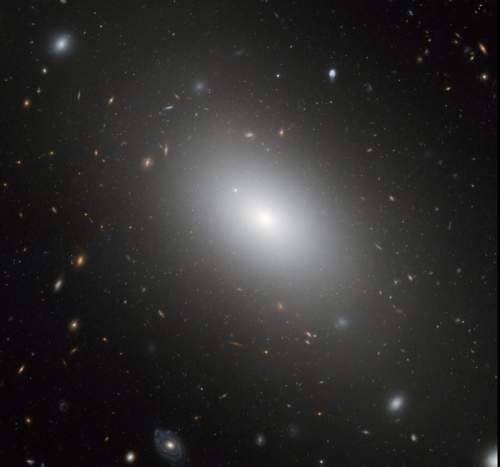1. the instructions to build proteins are found in what molecule inside the cell?
a. ribosome...

Biology, 05.10.2019 20:30 leelee85503
1. the instructions to build proteins are found in what molecule inside the cell?
a. ribosomes
b. dna
c. endoplasmic reticulum
d. cell membrane
2.how many different types of proteins does our body contain?
a. one type of protein
b. ten types of protein
c. thousands of types of proteins
d. billions of types of proteins
3. where is dna located in the cell?
a. nucleus
b. ribosomes
c. cytoplasm
d. cell membrane
4. how many nucleotides does it take to code for one amino acid?
a. one
b. five
c. twenty
d. three
5. how many different types of amino acids are responsible for making all of your proteins?
a. one
b. five
c. twenty
d. three
6. if dna is stuck in the nucleus, but proteins are made in the ribosomes (out in the cytoplasm), how do we get the information out of the nucleus?
a. messanger rna (mrna)
b. enzymes
c. transfer rna (trna)
d. rna (hrna)
7. the process of creating an rna copy of dna (portable copy of dna) is called. .
a. translation
b. osmosis
c. transcription
8. which rna nucleotide binds with adenine (a) on the dna?
a. thymine (t)
b. uracil (u)
c. cytosine (c)
d. guanine (g)
9. if your dna sequence was tacaactgagatt, what would be the complimentary mrna strand?
a. atgttgactctaa
b. auguugacucuaa
c. tacaactgagatt
d. uacaacugagauu
10. if there are 20 different amino acids, how do they know how to line up? which order should they be in? which molecule them do this?
a. messenger rna (mrna)
b. enzymes
c. transfer rna (trna)
d. rna (hrna)
11. how do trna molecules know where to go?
a. they look at the dna coding
b. they complement the mrna strand
c. they guess
d. they get from the ribosomes
12. the process of making a protein from an mrna strand is called. .
a. translation
b. osmosis
c. transcription
d. protein synthesis
d. protein synthesis
16. true or false: after a protein sequence is made, it needs to fold into the correct shape.
17. the protein aquaporin must fold into what shape to work properly?
a. flat sheets
b. cube
c. cylindrical shape
d. none of the above
18. what is one characteristic that determines how the protein folds?
a. the amino acids hydrophobicity
b. the dna
c. the color of the amino acid
d. both hydrophobicity and color
19. if all the amino acids were hydrophobic and you placed them in water, what would happen to the shape of the protein?
a. it would squish into a ball (as best as possible)
b. it would flatten out
c. half would flatten and half would be a ball
d. all the above
20. what is a mutation?
a. when something gets changed, or there is a mistake in the dna sequence
b. when the dna strand accidentally leaves the nucleus
c. when the mrna strand doesn’t attach to a ribosome
d. no protein forms
21. describe the effects a dna mutation could have on a protein.
a. the mutation might code for a different amino acid
b. it a letter is deleted it could shift the reading frame and change all the subsequent amino acids
c. a hydrophobic amino acid could change to a hydrophilic amino acid which would cause the protein to fold differently.
d. all the above

Answers: 2
Another question on Biology

Biology, 21.06.2019 12:30
How does oxygen move from the respiratory system to the circulatory system? a. by pumping through the heart b. by circulating in an artery c. by moving across a synapse d. by diffusion across a capillary wall
Answers: 3

Biology, 21.06.2019 17:20
Joe is breeding cockroaches in his dorm room. he finds that the average wing length in his population of cockroaches is 4 cm. he chooses the six cockroaches that have the largest wings; the average wing length among these selected cockroaches is 10 cm. joe interbreeds these selected cockroaches. from earlier studies, he knows that the narrow-sense heritability for wing length in his population of cockroaches is 0.6. a. calculate the selection differential and expected response to selection for wing length in these cockroaches. b. what should be the average wing length of the progeny of the selected cockroaches?
Answers: 1

Biology, 21.06.2019 23:00
How do chloroplasts set plants apart from other living things
Answers: 1

Biology, 22.06.2019 09:00
When the cell concentrates potassium within, against the natural tendency of matter, it is performing a.passive diffusion b.facilitated diffusion c.active transport d.pinocytosis
Answers: 2
You know the right answer?
Questions

English, 01.12.2021 02:10




Physics, 01.12.2021 02:10





Computers and Technology, 01.12.2021 02:10

Computers and Technology, 01.12.2021 02:10





Computers and Technology, 01.12.2021 02:10




Computers and Technology, 01.12.2021 02:10




